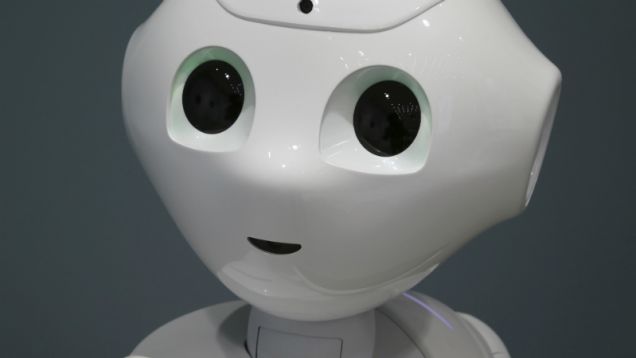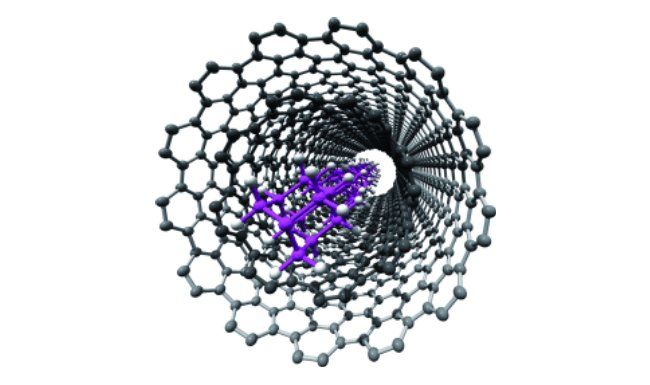Sep 17, 2015
Japan’s Friendly Robot Is Getting a Snarky Attitude Adjustment For Americans
Posted by Bryan Gatton in category: robotics/AI
The Japanese humanoid robot Pepper, which sold out of its first 1,000 units in one minute in Japan this June, will get a personality makeover for the US market: it’ll go from cute and bubbly to snarky and sarcastic, MIT Technology Review reports.
Editor Will Knight met a Pepper unit in Boston this week, and reported back some very distinct changes in the robot’s personality designed to make it more appealing to Americans: High fives instead of bows; smartass swipes instead of songs. In the MIT report, Knight said he asked an Americanized Pepper if it’s like Terminator, to which it responded: “Do I really have to answer that?”
Continue reading “Japan's Friendly Robot Is Getting a Snarky Attitude Adjustment For Americans” »















